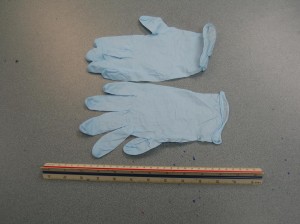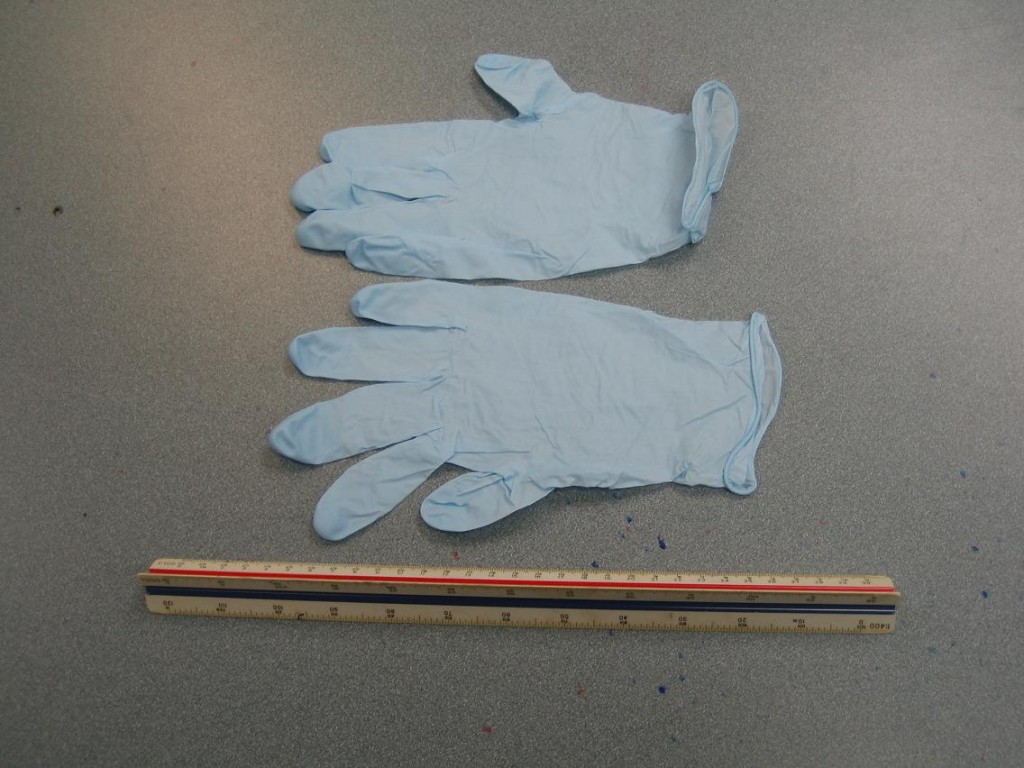A wound injury is a very common medical condition. Minor wounds usually respond to treatment well without any complications and they usually heal even without any medical intervention. Minor wounds only takes a few days to heal and they are not a cause of major concern to many. Major wounds such as those obtained from deep cuts are potentially dangerous as they are highly susceptible to infection. Complications can also arise such as gangrene especially among diabetics. Learning to use the supplies found in a first aid kit are essential to properly caring for major wounds and preventing complications such as infection. To learn to recognize and manage serious wounds such as avulsions, abrasions, contusions and embedded objects register for a first aid and CPR course with one of our providers.
First aid kits for wound care

Knowing the contents of a first aid kit are essential to providing effective care. The most important thing that you should prevent when you have a serious wound is infection and blood loss. You will need the following medical supplies to facilitate proper wound care and management:
- Liquid bandages
- Elastic wrap
- Rolled bandage
- Oval eye pads
- Saline to flush the wound
- Protective gloves
- Cleansing pad
- Topical anesthetic
- Antibacterial ointment
- Clean dressings or gauze
- Small mirror
- Surgical gloves
- Irrigation syringe
- Knife
- Safety razor
- Cotton tipped swab
- Shears
- Alcohol
- Tape
- Cotton
- Antibiotics
- Pain reliever (paracetamol)
Administering Treatment
When administering first aid, make sure to check for any debris on the wound. Remove any visible foreign material if doing so will not cause further bleeding. However, when you think that pulling it out may cause more bleeding, it is best not to remove it and wait for the medical responder to do it themselves. Clean the wound and the surrounding area to keep infection away. Flush out the wound with saline and apply an antiseptic to prevent infection. Cover the wound with a clean gauze or dressing and keep it in place with a tape. When there is a severe bleeding, cover the wound with a clean dressing or cloth. Do not remove the dressing when it is already filled with blood. Instead, add more dressings on top to cover and hold it in place. This will help reduce the bleeding if not totally stop it. Do not attempt to apply a tourniquet. When the wound is located on the extremities, elevate the affected part to prevent more bleeding and blood loss.
Reference:
First Aid for Sports. Wound Care. Retrieved on July 1, 2014 from http://www.firstaid4sport.co.uk/Wound-Care-Cwound/

